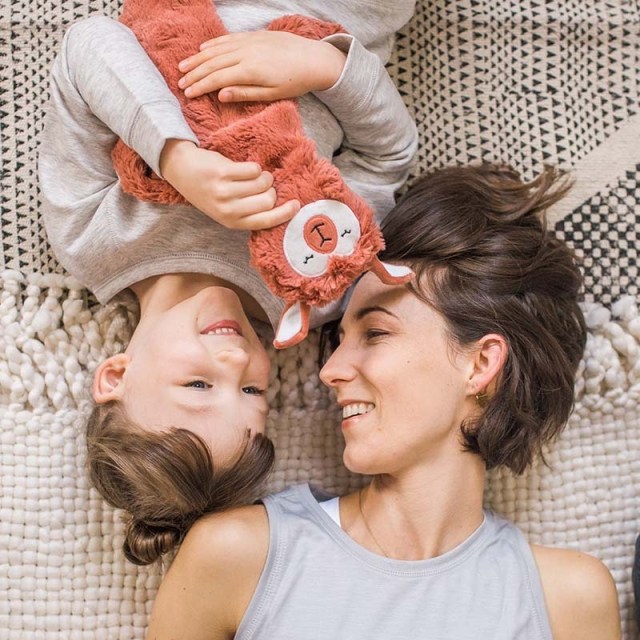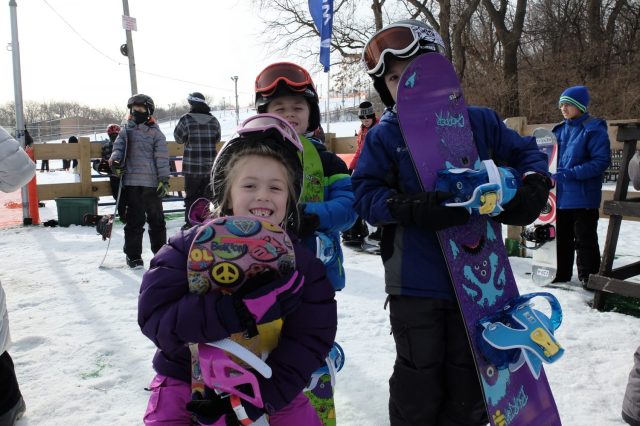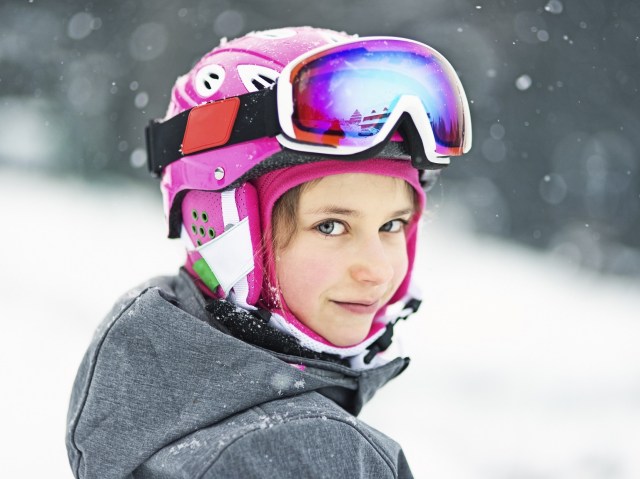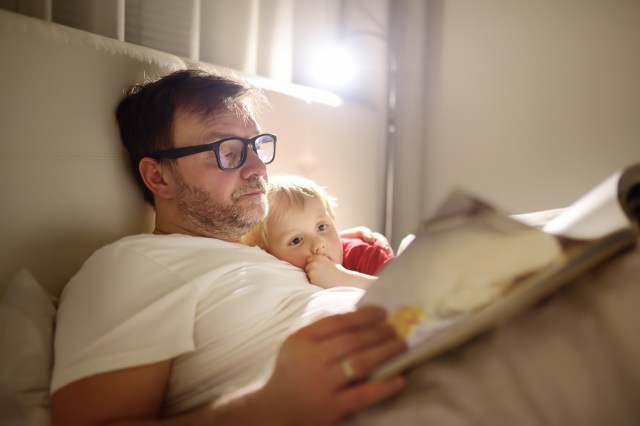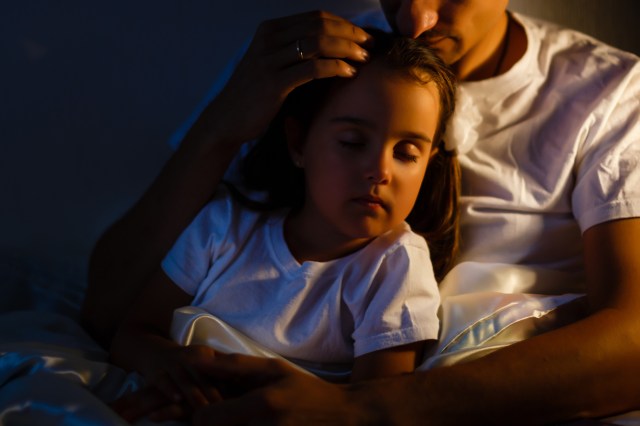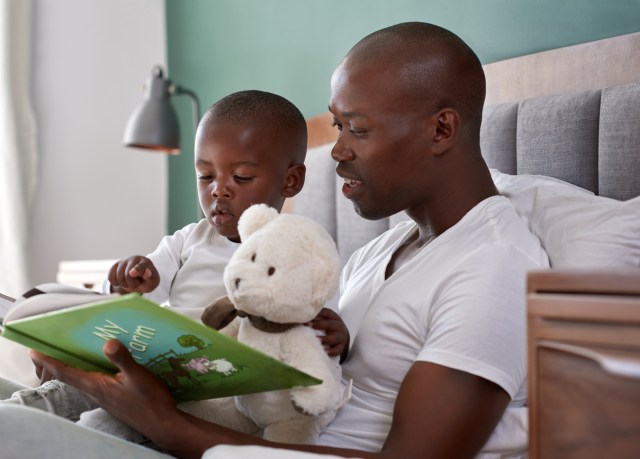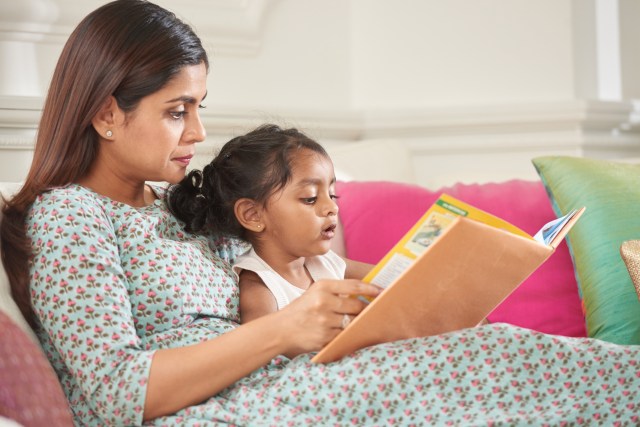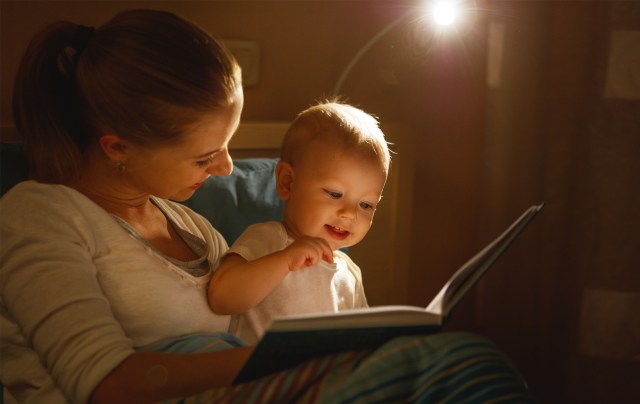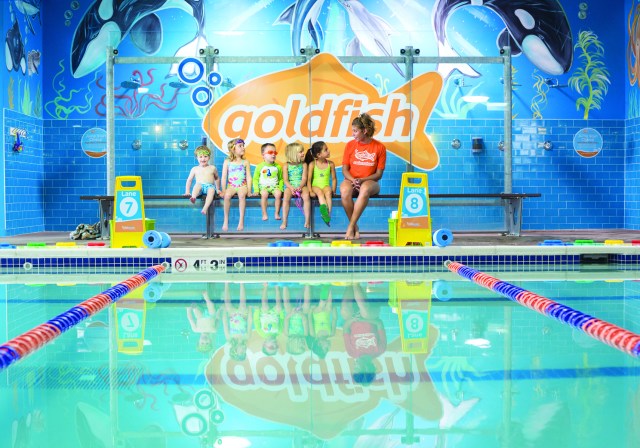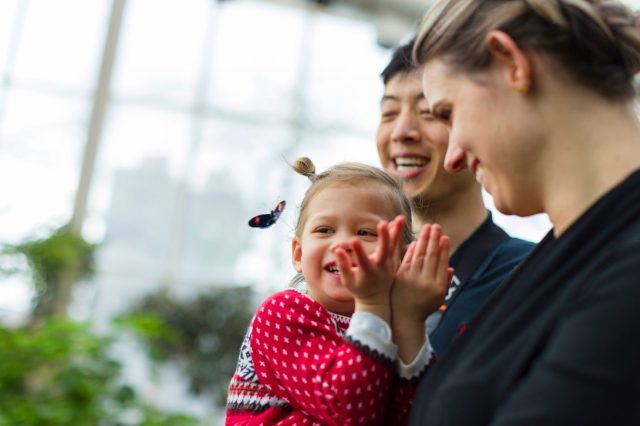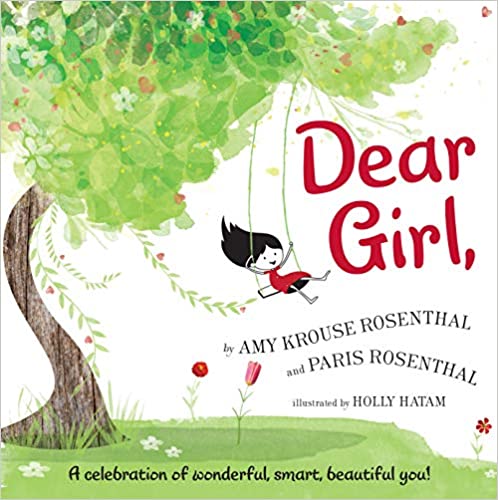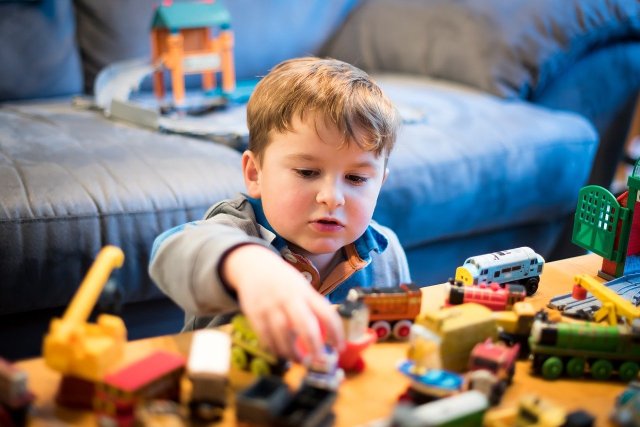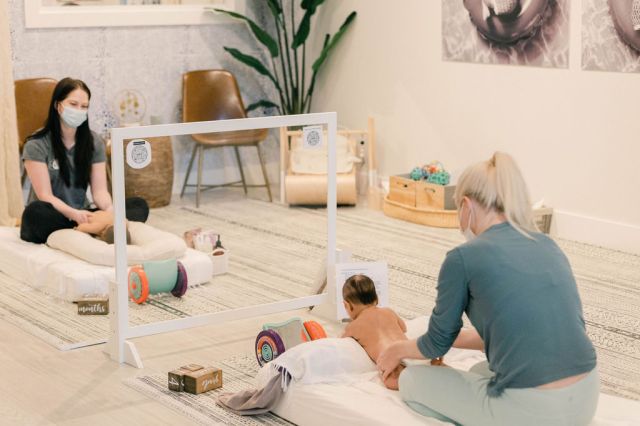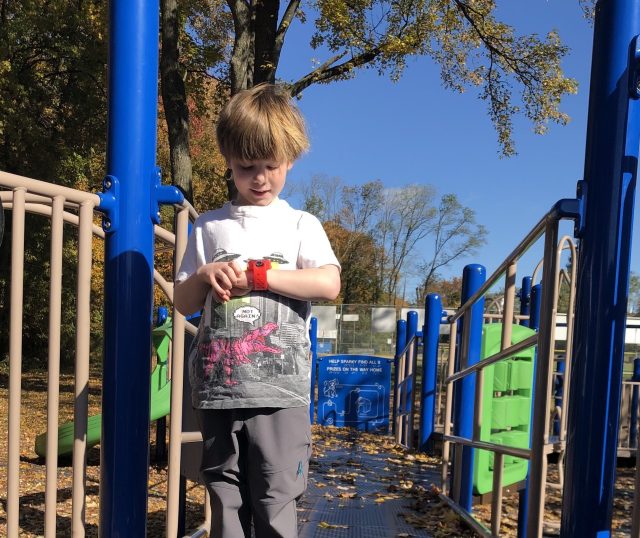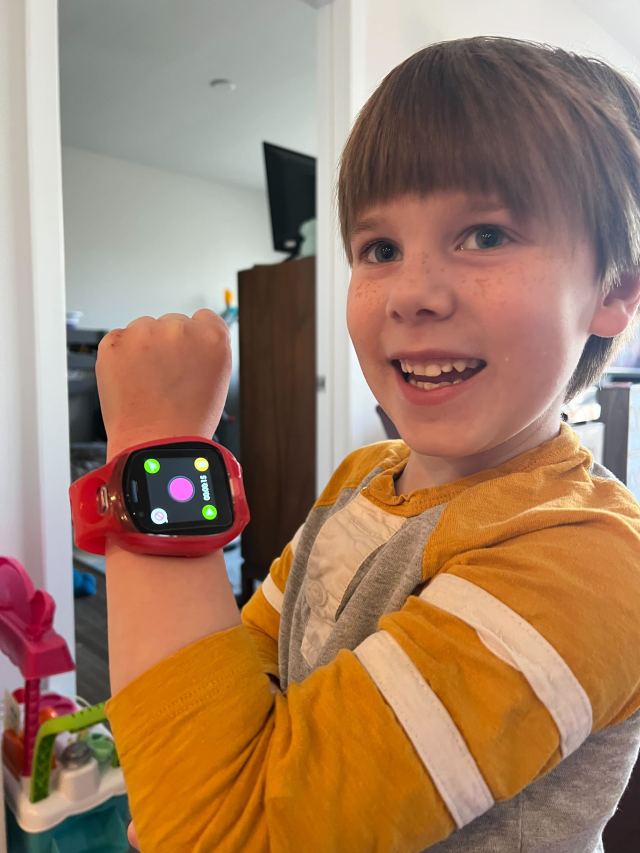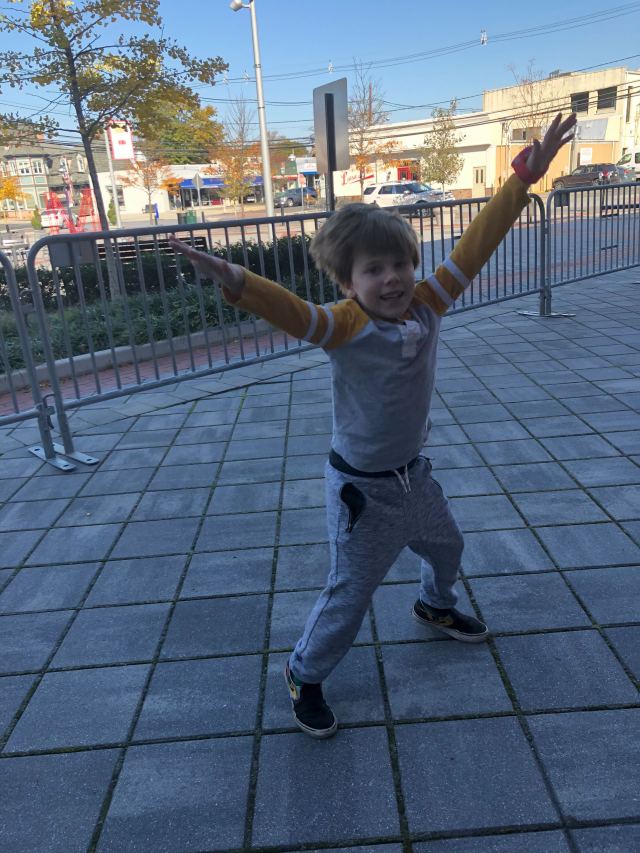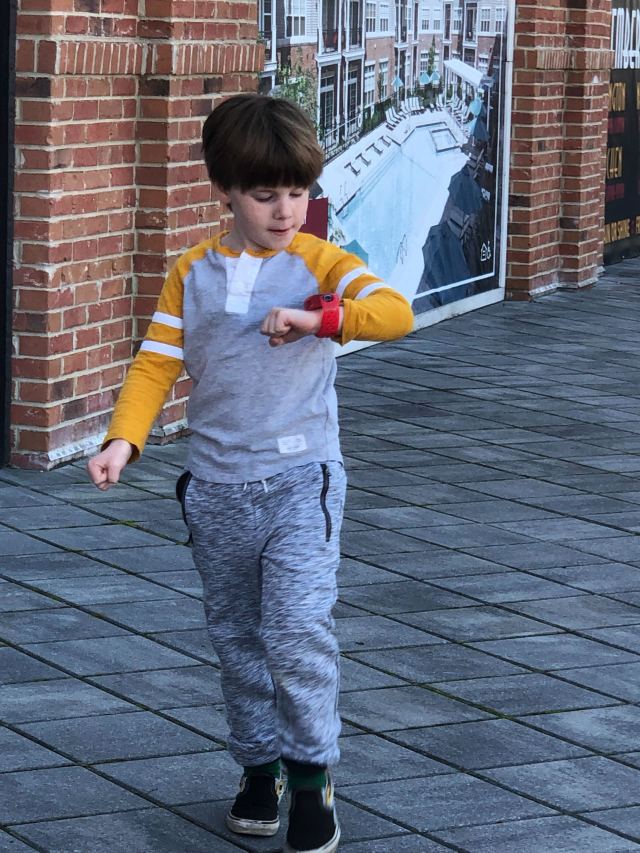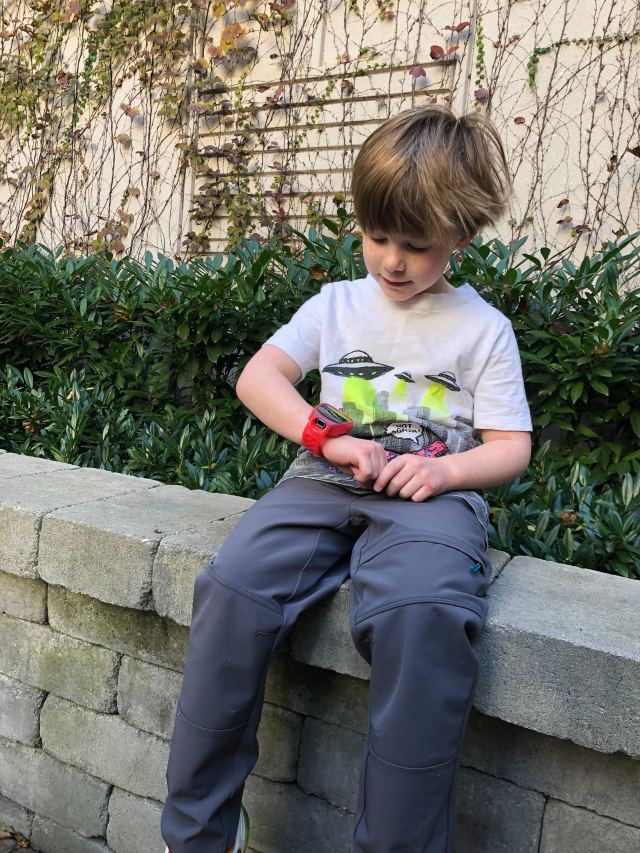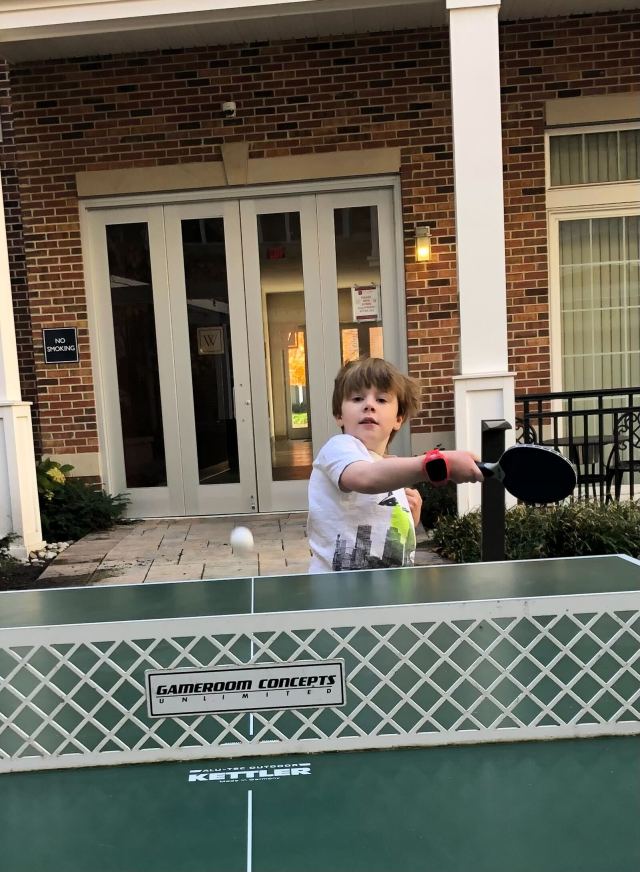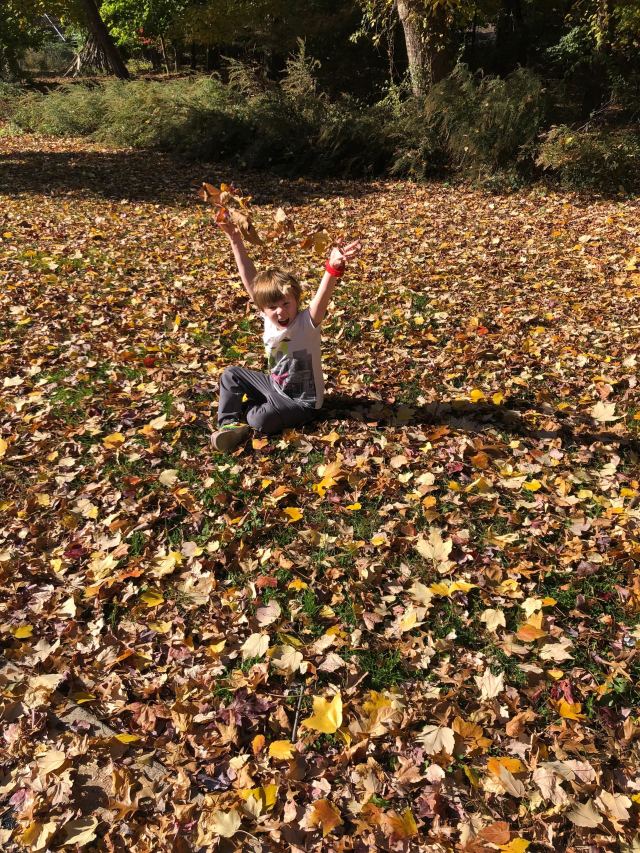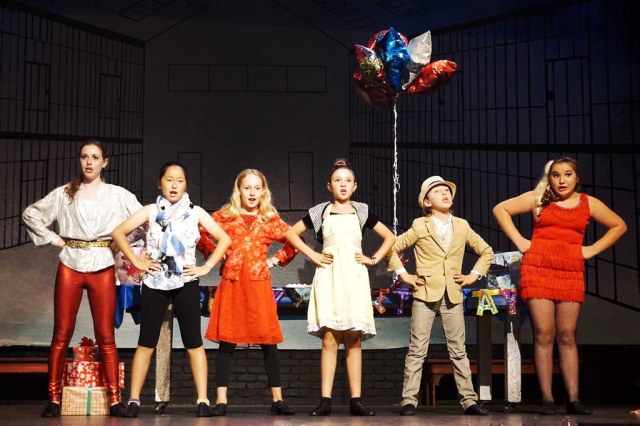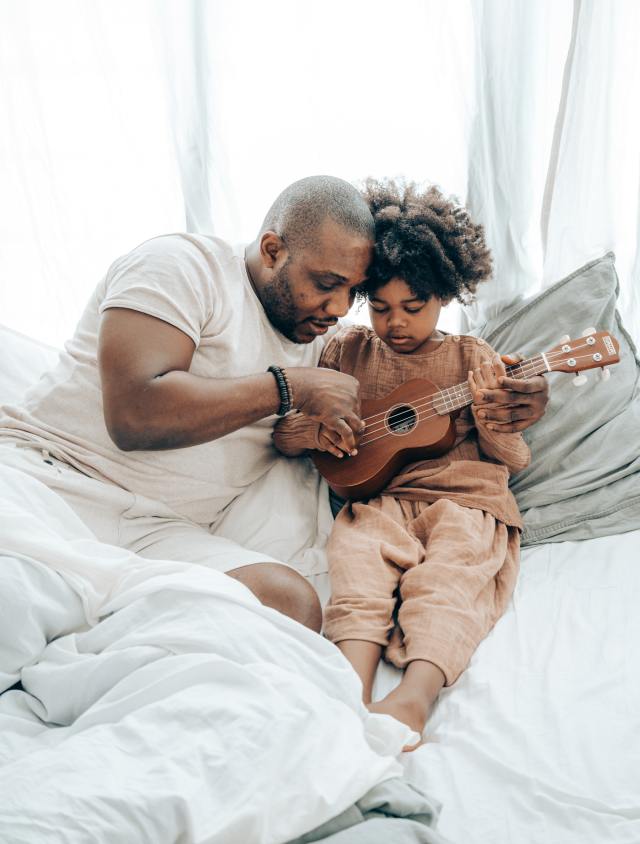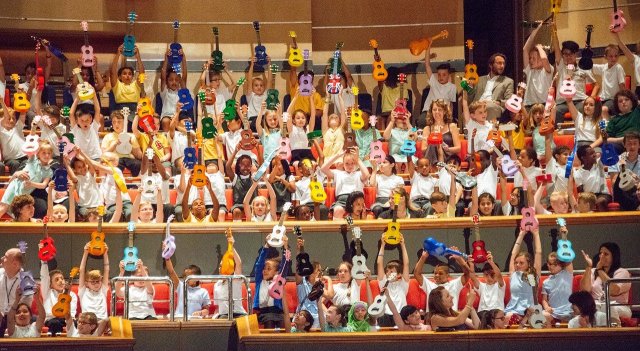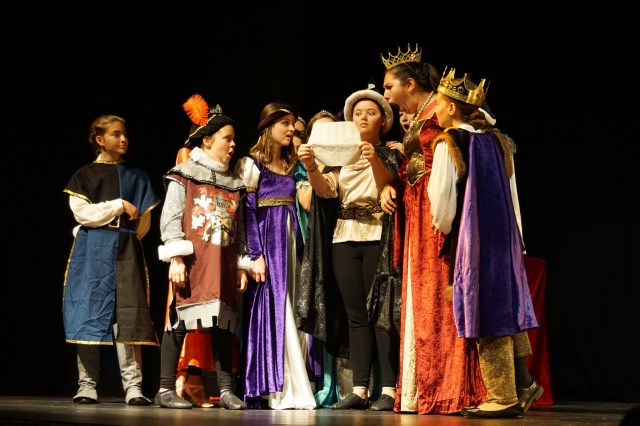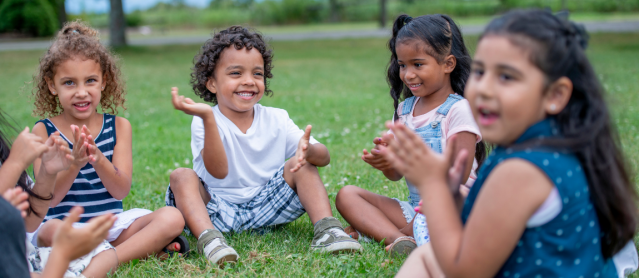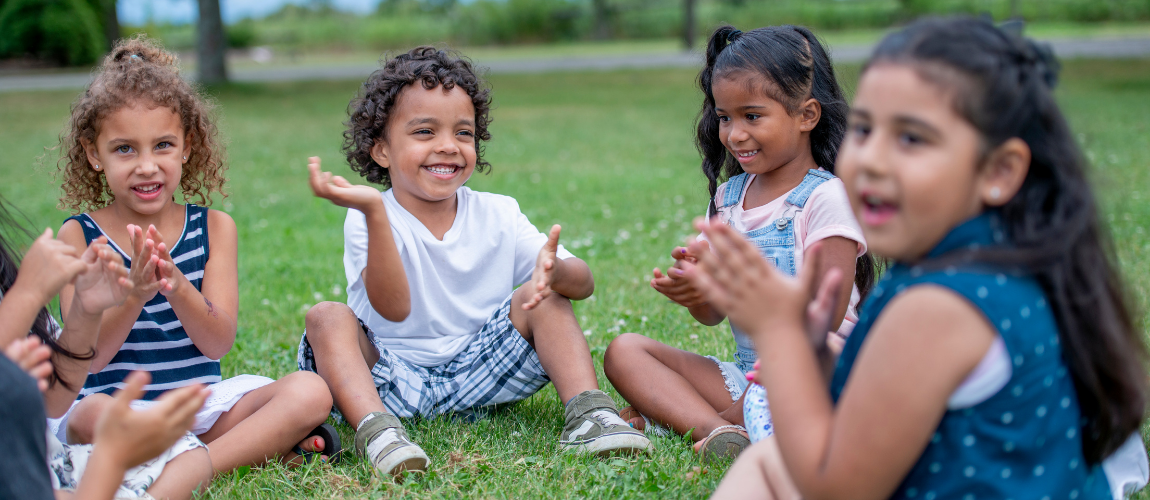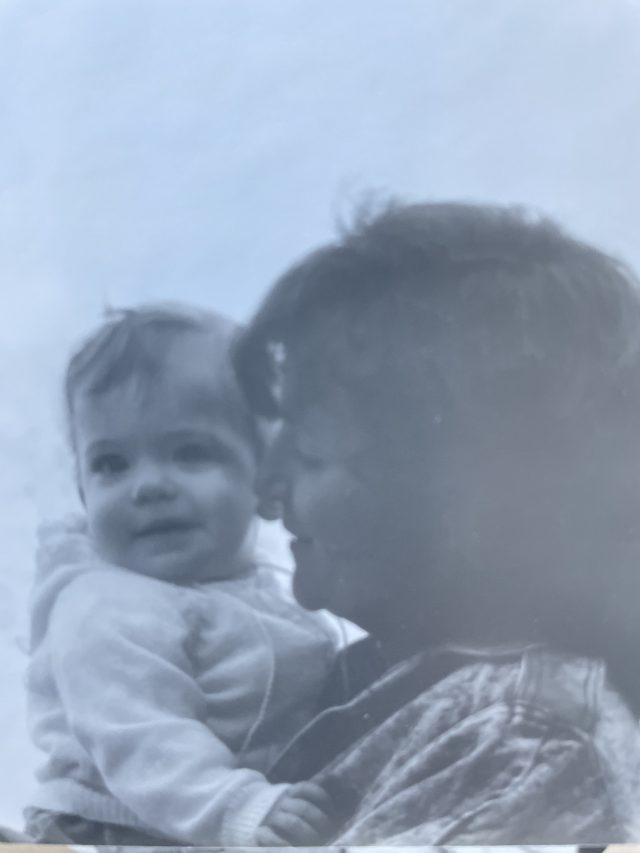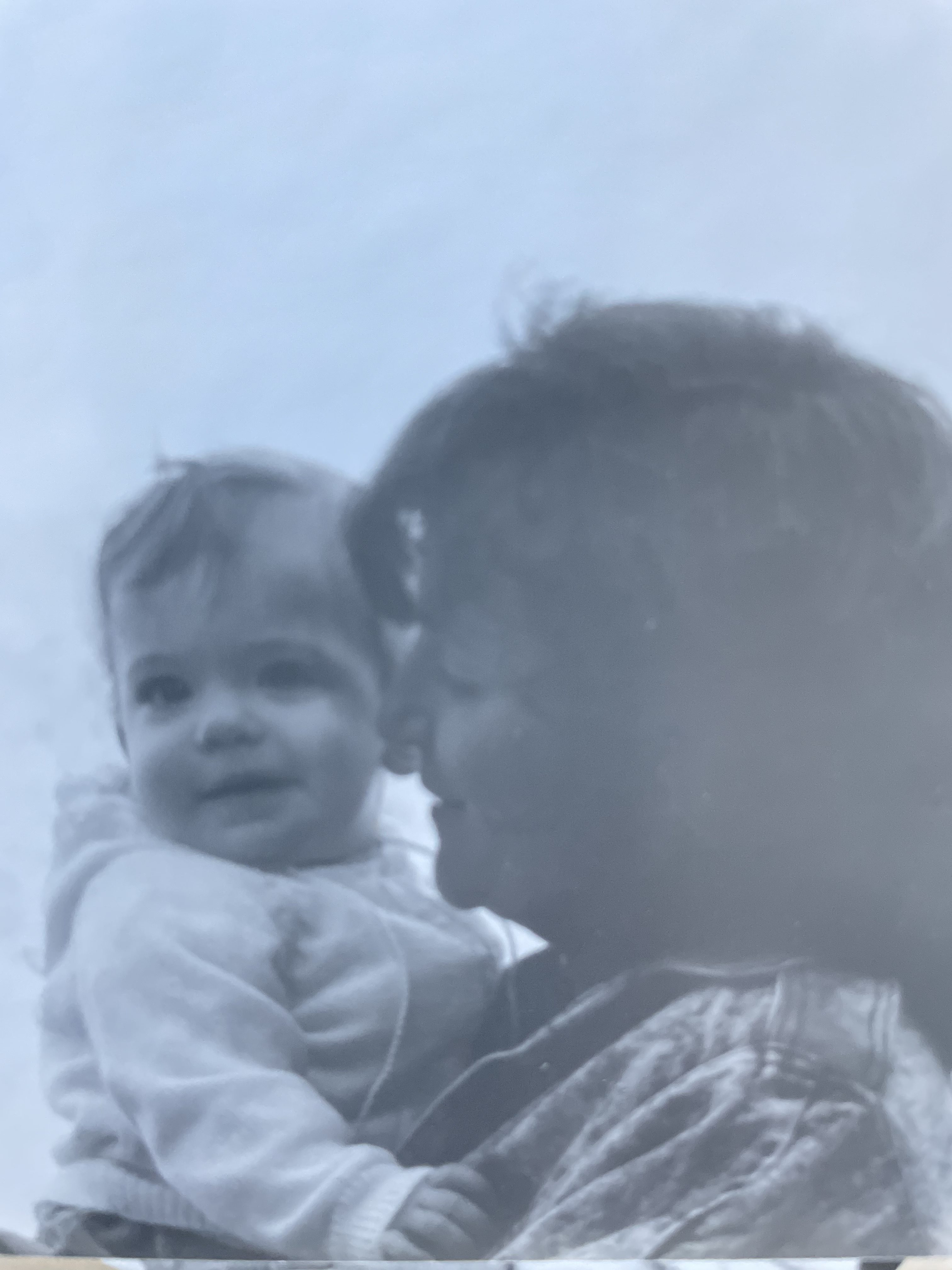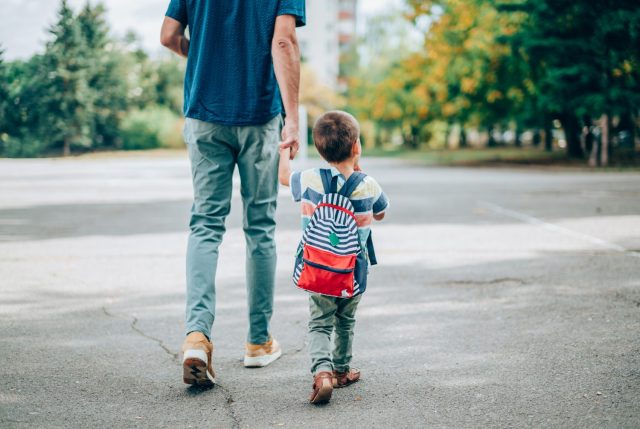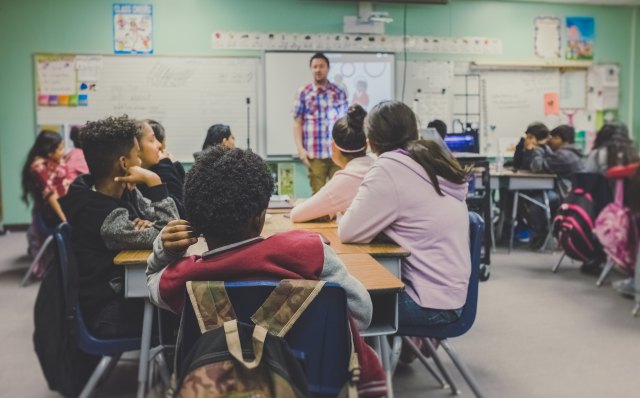Over the past two years, the ongoing global pandemic has impacted all of us differently. And while it’s hard to speak to its effects in specific ways, there’s a universal truth we all can agree on: this pandemic stinks.
Parents are tired of all of it, kids are sick of the constant shifts in their environments and schools are overwhelmed with the task of supporting students through all these transitions and changes.
To provide some guidance, we’re highlighting a few of the common experiences and challenges that children and families are dealing with these days. And with the intention of supporting this community with a little clarity, we’re sharing a few ideas to help you cope.
When It Comes to Grief & Loss:
The Issue: Some people may have experienced the death of a loved one during the pandemic. A significant loss such as this impacts mental health and wellness and disrupts a family’s life. However, it’s also important to acknowledge the other types of loss that people may have experienced during this time. The loss of social connections is huge. Playdates, events, parties, and gatherings may have had to be postponed or cancelled. There’s also been a disruption to the rituals (birthday parties, reunions, etc.) that many families look forward to each year. Have you been feeling sadness around the fact that your little one doesn’t remember a world without wearing masks? Or that you’ve had to cancel multiple social events because someone was exposed to COVID? Have you experienced any cut-offs or conflict in the family due to differing opinions about vaccinations or other COVID-related topics? Many families have, and our systems need time to process all of these feelings and release them. But when we’re in a state of stress, it’s harder for us to find the time and capacity to do so.
The Suggestion: Carve out time to process your grief. Nope, it’s not complaining—it’s vital. Even if we try not to think about them, our bodies hold on to emotions. If you are sad because your high schooler couldn’t attend their prom, let yourself experience that sadness. If you are angry or hurt because your cousin is sharing COVID information online that you strongly disagree with, let yourself feel those feelings. We understand you may not have unlimited time to process things right now, but try to allow those feelings to be felt and expressed. It’s what humans need to process grief.
Bonus tip: Try sharing or processing your grief with a supportive friend or family member you feel safe with.
When It Comes to Decision Fatigue:
The Issue: Decision Fatigue is the weariness that comes from having to make lots of decisions during a given time period. Parents have been tasked for the past couple of years with trying to take in loads of new (and often quickly changing) information about the pandemic and safety. There have been many times when one clear path has not been present, and parents have had to make a billion mini-decisions about how to keep themselves and their children safe over time. It’s safe to say: We. Are. Tired!
The Suggestion: Decision Fatigue may not go away right now, but one thing that’s certain is that your brain needs a break. Try to give your brain some downtime by doing a mindless activity or completing an easy task that’ll help you feel accomplished. You can also identify a few areas of your life where you can dial things in and reduce the number of decisions you’re making. For instance, try creating a meal plan at the beginning of the week instead of having to come up with dinners on the fly. Find ways to give your brain a break and save your energy and attention for where it matters most.
When It Comes to Constant Transitions & Changes:
Issue: Just when you feel you are settling into your routine again the school calls and it’s closing due to COVID exposure. Now the kids are home and you are struggling to manage work responsibilities while also taking care of your children. Ugh! Why can’t we catch a break? Many parents, teachers, and children report that changes in their daily routines are more frequent and significant than ever before. Add to that the fact that humans tend to struggle with changes to structure, and you have a perfect storm of challenges. And it just so turns out that humans typically struggle with change to routine and structure.
The Suggestion: Be easy on yourself. One thing that doesn’t make change easier is feeling like you’re supposed to “have it all together.” Don’t compare yourself to others, because NO—that mom down the street doesn’t have it all figured out either. This is NOT easy. Allow yourself to be frustrated, allow yourself to have a messy house, and allow yourself some time to be frazzled as you figure out how to structure your unexpected days. It’s okay to have big feelings about change. These changes and feelings won’t last forever, but it’s okay to acknowledge that right now, in this moment, things are hard.
We know we don’t have all the answers that can make this challenging time magically better. This is hard on so many levels, but one thing we do believe is that it can feel better to welcome our true feelings and remember that we’re not alone. As our wise Alpaca creature says, “I am strong and supported I am never alone. Climbing these mountains will lead me home.”
Slumberkins is determined to provide a platform for parents, educators and caregivers to share all of these feelings. We have brought together renowned experts to lead conversations and share tips for supporting your family’s mental health through the ongoing pandemic. Join us every day between January 24 and January 27, 2022, at 3 p.m. ET on the @slumberkins Instagram page to take part in these important conversations.
